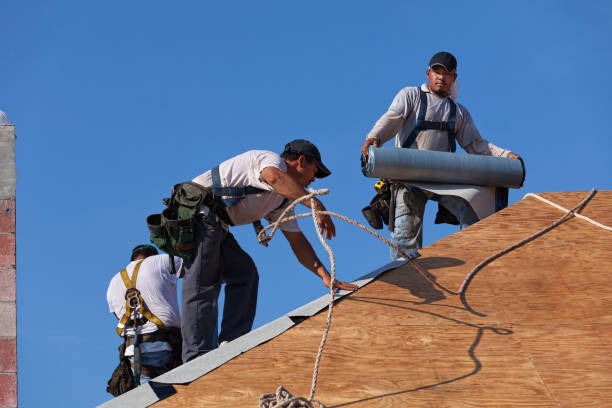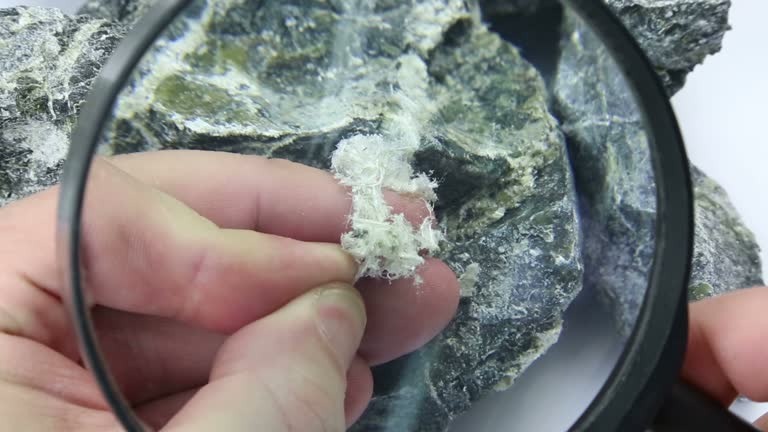Maintaining good indoor air quality is crucial for ensuring a healthy living environment. Many people think that the only way to improve their home’s indoor air quality is by replacing their HVAC system, but this isn’t necessarily true. There are several other methods you can use to enhance the air quality in your home without having to make such a significant investment.
Firstly, it’s imperative to keep your HVAC system clean and well-maintained. Regular maintenance can help prevent dust, dirt, and other pollutants from circulating throughout your house. This includes changing filters regularly – ideally every three months – as dirty filters not only reduce the efficiency of your heating and cooling systems but also contribute significantly towards poor indoor air quality.
Another effective way of improving indoor air quality without replacing your HVAC system is through proper ventilation. Opening windows and doors periodically allows fresh outdoor air to circulate inside, pushing out stale or polluted indoor air. Using exhaust fans in areas like kitchens and bathrooms can also be beneficial in removing contaminants directly at their source.
Houseplants are another fantastic natural solution for improving indoor air quality. Plants like spider plants, peace lilies, or English ivy absorb harmful toxins from the atmosphere while releasing oxygen back into it – effectively acting as natural purifiers.
Reducing chemical pollutants within your home can also have a significant impact on improving indoor air quality. Common household products like cleaning agents, paints or solvents often contain volatile organic compounds (VOCs) which can be harmful when inhaled over time. Opting for natural or non-toxic alternatives whenever possible will help minimize exposure to these potentially harmful substances.
Dust mites and pet dander are common allergens found within homes that can significantly degrade indoor air quality. Regular vacuuming using a machine with a high-efficiency particulate absorbing (HEPA) filter helps eliminate these allergens from carpets and upholstery thereby improving overall indoor air healthiness.
Humidity levels should also be monitored as both too high or too low humidity can lead to problems. High humidity can promote the growth of mold and mildew, while low humidity can increase dust and viruses’ prevalence. Maintaining a balanced indoor humidity level between 30-50% is generally recommended for optimal air quality.
Lastly, using air purifiers can be an effective way to improve indoor air quality without replacing your HVAC system. These devices work by filtering the air in a room and removing harmful particles like dust, pollen, and bacteria.
In conclusion, improving indoor air quality doesn’t always necessitate a complete HVAC system replacement. Through regular maintenance of your existing system coupled with methods such as proper ventilation, use of houseplants, reducing chemical pollutants, regular vacuuming, managing humidity levels and using air purifiers; you can significantly enhance the healthiness of your home’s atmosphere without having to make substantial investments.




